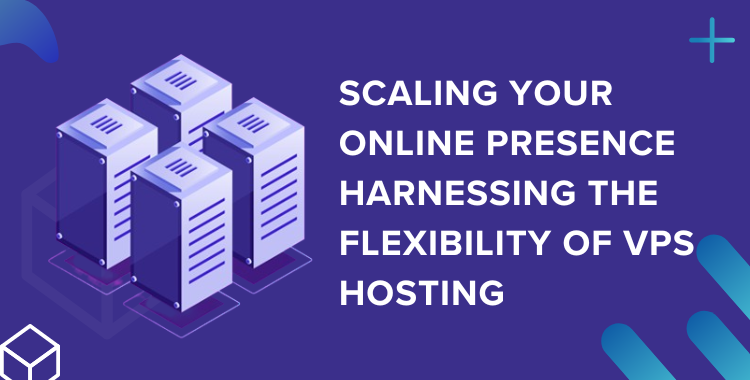Key Takeaways:
- Clarify the distinct roles of data warehousing and data mining within an organization’s data strategy.
- Explore how data warehousing provides the foundation for the analytical process of data mining.
- Discover how both processes synergize to create robust business intelligence solutions.
Table of Contents:
- Introduction to Data Warehousing and Data Mining
- Understanding Data Warehousing
- The Role of Data Mining
- Data Warehousing and Data Mining: Working Together
- Technological Considerations and Implementation
- Applications and Case Studies
- Choosing the Right Strategy and Solutions
Introduction to Data Warehousing and Data Mining
The terms ‘data warehousing’ and ‘data mining’ are often mentioned in the same breath, signaling their deep interconnection in business intelligence and analytics. However, the two fulfill different, albeit complementary, functions within an organization’s data ecosystem. Data warehousing consolidates data from disparate sources into one central repository designed for efficient query and analysis. On the other hand, data mining is sifting through data to detect patterns, trends, and relationships that can inform strategic decisions. Together, these two processes equip businesses with the power to harness complex data for actionable insights, with the support of expertise from entities specializing in data warehouse consulting.
Understanding Data Warehousing
A data warehouse is engineered to house large volumes of data, integrating multiple data sources into a coherent and comprehensive digital corpus. This repository is typically used for reporting and data analysis, forming a vital component of business intelligence. Through its structured paradigm, a data warehouse allows businesses to store historical data and analyze it to gain insights into their operations and performance—a differentiating factor when the immediacy of operational databases doesn’t suffice.
The Architecture of Data Warehouses
At the heart of any effective data warehousing solution lies its architecture, a multi-layered framework composed of a database server, an analytical engine, and a client-side management interface. Harnessing the capabilities of the ETL (Extract, Transform, Load) process, data warehousing enables the transformation of vast amounts of raw data into a format suitable for efficient querying and reporting. It also ensures data quality maintenance, governing the integrity and consistency necessary for reliable business intelligence.
The Role of Data Mining
Where data warehousing organizes and stores data, data mining dives into this aggregated information to uncover underlying patterns and increase knowledge mined from the data. It uses statistical and computational techniques to explore large batches of data. From this, organizations can predict future trends, understand customer preferences, or identify unknown correlations that would otherwise remain hidden within the sheer volume of information. Data mining turns raw data into strategic gold, informing everything from marketing strategies to inventory management.
Techniques in Data Mining
Data mining employs various techniques to uncover specific patterns or analyses. These include clustering, which groups similar data items; classification, which categorizes data into predefined classes; regression, which predicts numerical outcomes; and association rule learning, which discovers interesting relations between variables in large databases. Sophisticated data mining software can perform these tasks automatically, presenting results that can lead to business reassessments and innovative approaches.
Data Warehousing and Data Mining: Working Together
Data warehousing and data mining form a symbiotic relationship, each amplifying the capacity of the other. A data warehouse provides an optimized environment with clean, organized data ready for examination. Data mining algorithms then interrogate this data, piecing together comprehensive narratives and uncovering actionable insights. Together, they embody an indispensable toolkit for companies to extract value from their accumulated data and employ it to drive superior business outcomes.
Technological Considerations and Implementation
Deploying data warehousing and data mining technologies involves crucial decisions regarding software platforms, hardware infrastructure, and selecting competent service providers. These decisions directly affect the efficiency and effectiveness of an organization’s BI initiatives. Utilizing the right tools, optimized for performance and scalability, allows for the smooth integration of data warehousing and mining operations into existing business processes. Regular tech assessments ensure alignment with emerging BI requirements and keep analytical capabilities at their peak.
Choosing the Proper Tooludies
Countless successful implementations of data warehousing and mining techniques across various industries testify to their value. In sectors where precise targeting and predictive analytics are critical, like retail, healthcare, and finance, these methodologies have revolutionized the ability to make informed decisions. Retailers, for instance, have fine-tuned supply chains and optimized stock levels based on insights drawn from mining historical sales data. Healthcare providers have improved patient care through predictive analytics, identifying risk factors and treatment outcomes by scrutinizing patient records housed in data warehouses.
Choosing the Right Strategy and Solutions
Deciding upon the right data warehousing and mining solutions requires introspective considerations about an organization’s current needs and long-term vision. It is essential to balance the immediate data processing and analysis requirements with future scalability and adaptability considerations. Cloud-based services can provide agility and cost-effectiveness, but they must be weighed against potential security imperatives and control, which in-house solutions might better address. Through strategic planning backed by experienced data warehouse and mining advisors, businesses can craft a robust and dynamic data management strategy that will serve them well into the future.










